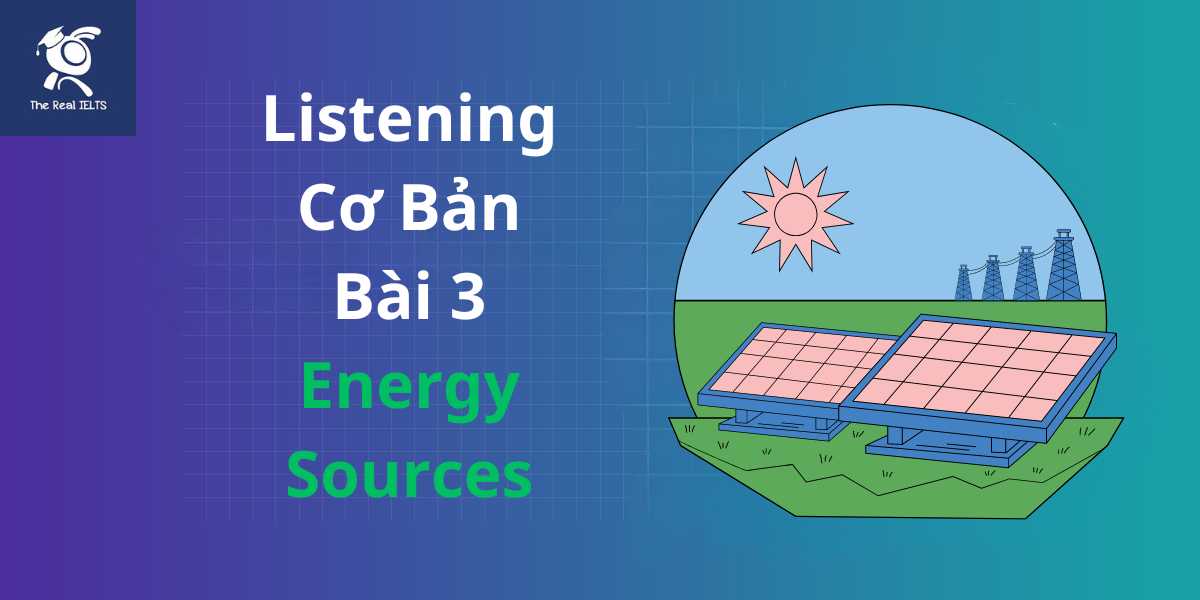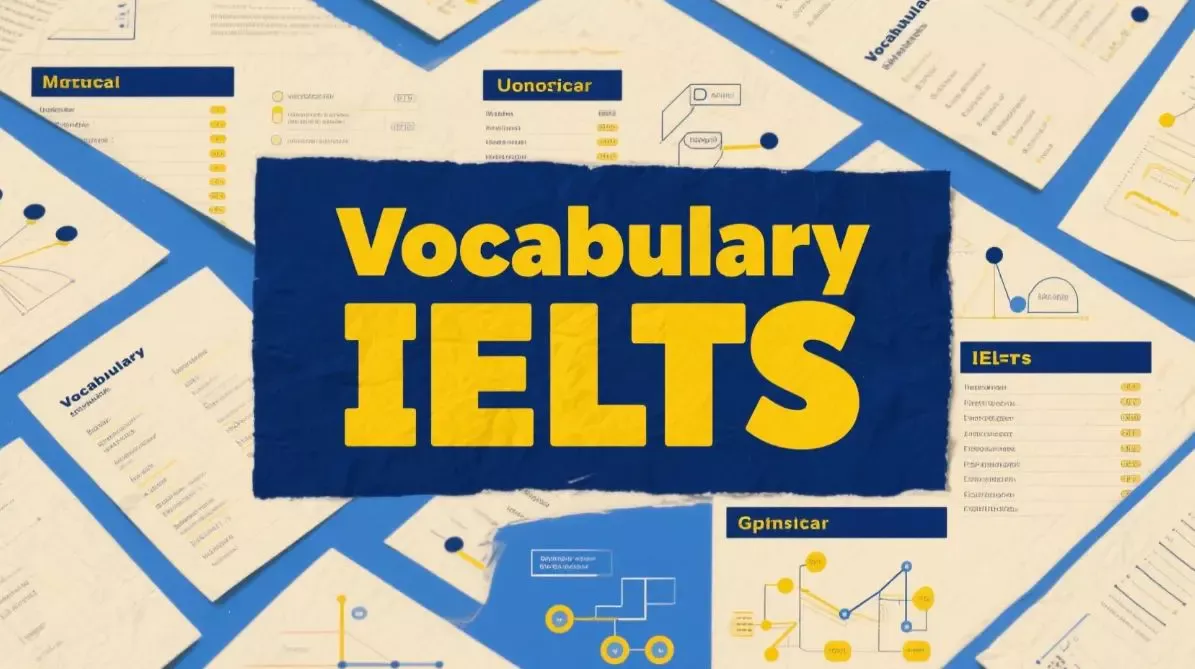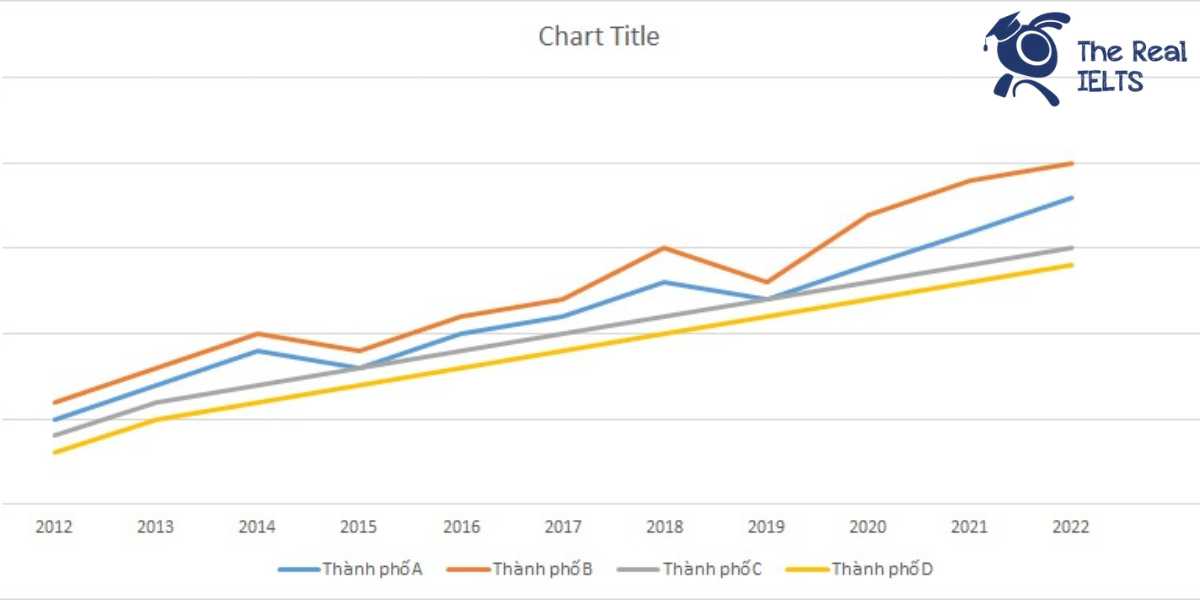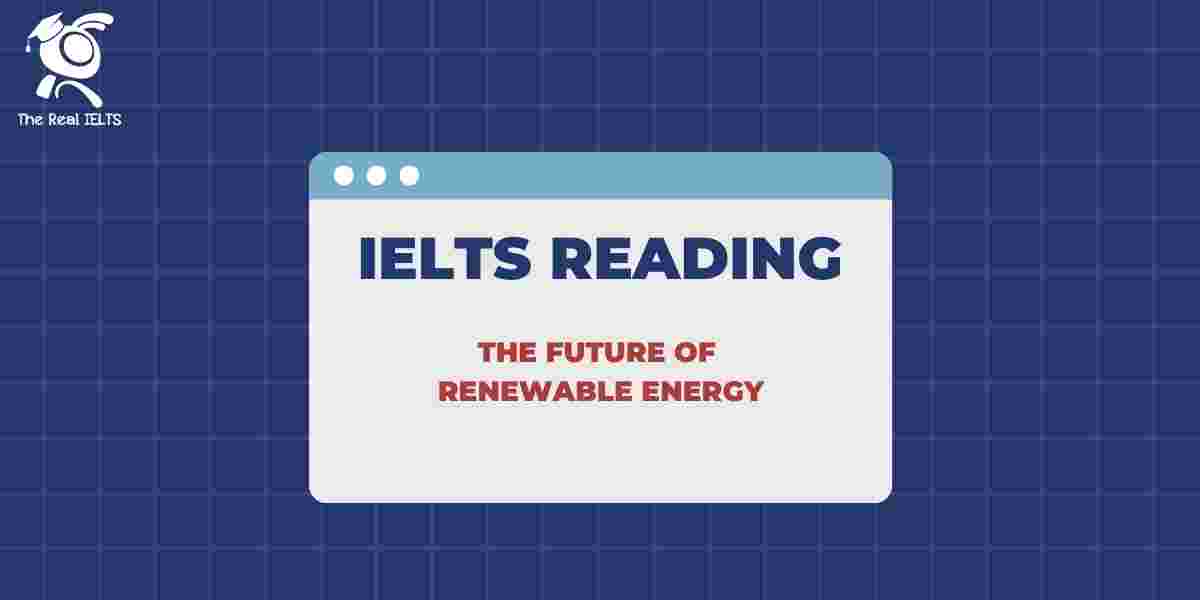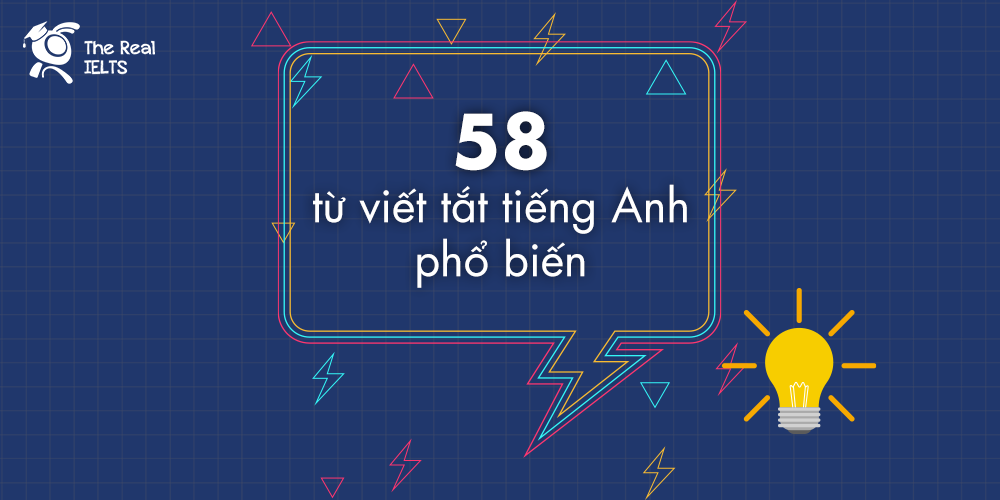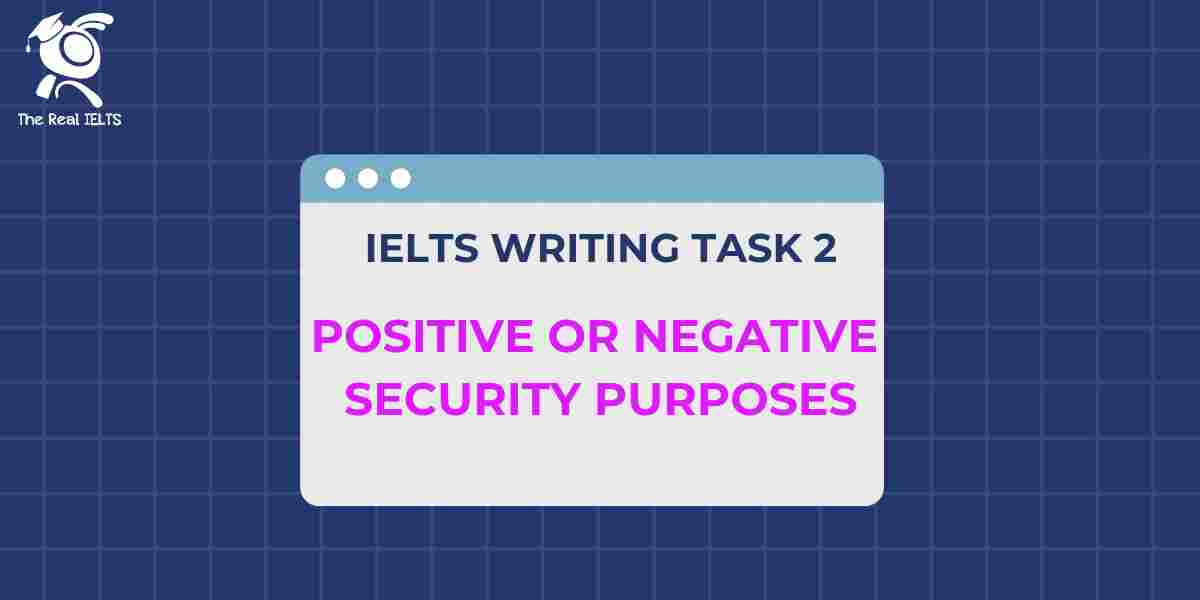Bài listening 3: Exploring Renewable Energy Sources là bài listening nói về việc khám phá ra nguồn năng lượng mới. Các bạn hãy nghe đi nghe lại để luyện tập và sau đó trả lời những câu hỏi sau:
Đọc thêm: Học IELTS từ 0 lên 6.5 mất bao nhiêu tiền?
Bài Listening Exploring Renewable Energy Sources
Câu hỏi
- What are some examples of renewable energy sources mentioned in the podcast?
- Who is the guest interviewed in the podcast, and what is her area of expertise?
- According to Dr. Emily Johnson, why are renewable energy sources important?
- Can you name one advantage of renewable energy sources over fossil fuels mentioned in the podcast?
- How does Dr. Johnson see the future of renewable energy evolving?
- What are two ways renewable energy can contribute to combating climate change, as mentioned in the podcast?
- What are the main types of renewable energy technologies discussed in the podcast?
- What role do supportive policies play in the advancement of renewable energy, according to Dr. Johnson?
- How does the narrator conclude the podcast?
- In your own words, summarize the main points discussed in the podcast about renewable energy sources.
Đoạn Script của bài Listening
Narrator: Welcome to today’s podcast on the topic of exploring renewable energy sources. In this episode, we’ll delve into the various renewable energy options available today and their significance in combating climate change.
Interviewer: Our guest today is Dr. Emily Johnson, an expert in renewable energy technologies. Welcome, Dr. Johnson.
Dr. Johnson: Thank you for having me.
Interviewer: To start off, could you give us an overview of renewable energy sources and their importance?
Dr. Johnson: Certainly. Renewable energy sources are those derived from naturally replenished resources, such as sunlight, wind, rain, tides, and geothermal heat. Unlike fossil fuels, they produce little to no greenhouse gas emissions, making them crucial in reducing carbon emissions and mitigating climate change.
Interviewer: That’s fascinating. Can you tell us about some common types of renewable energy?
Dr. Johnson: Of course. Solar energy, obtained from sunlight using photovoltaic cells, is one of the fastest-growing renewable energy sources. Wind power, generated by harnessing wind through turbines, is another significant contributor. Hydroelectric power, derived from flowing water, and biomass energy, obtained from organic materials like wood and agricultural waste, are also important sources of renewable energy.
Interviewer: How do you see the future of renewable energy evolving?
Dr. Johnson: I’m optimistic about the future of renewable energy. Advances in technology and declining costs have made renewables increasingly competitive with conventional energy sources. With continued innovation and supportive policies, renewable energy has the potential to meet a significant portion of global energy demand and drive a transition to a sustainable energy future.
Interviewer: Thank you, Dr. Johnson, for sharing your insights on renewable energy. It’s been a pleasure having you on the show.
Dr. Johnson: My pleasure. Thank you for having me.
Narrator: That concludes today’s podcast on exploring renewable energy sources. We hope you found it informative. Stay tuned for more discussions on important topics shaping our world today.
Đọc lại bài cũ: Bài tập Listening 2: A Day in the Life of a Chef.


